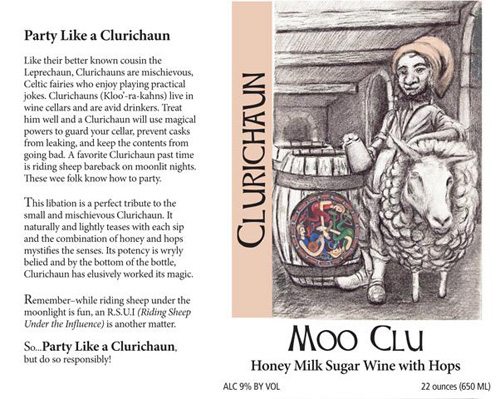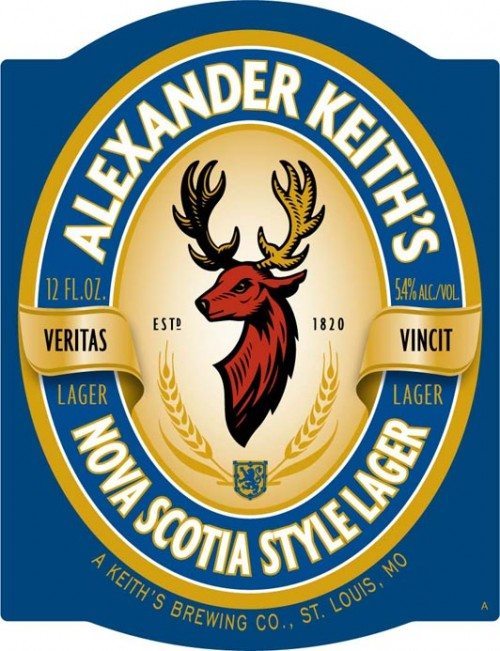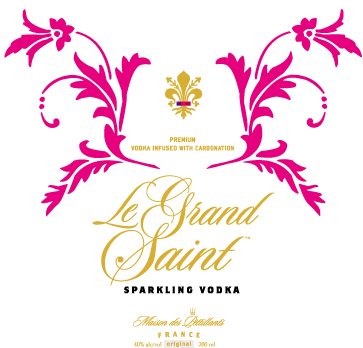I am pretty sure Pyotr Smirnov never envisioned this. It is peanut butter flavored vodka. It is made by Terressentia Corporation of Charleston, South Carolina. Since I am in Charleston at this very moment, and getting hungry, this seemed like a fine time to feature this product.
Temperance has a similarly flavored product. It is surprising that TTB would allow it to be described as “Peanut Butter Vodka,” unlike the above, without the key term “Flavored” in the middle. TTB is usually more likely to allow terminology like Coconut Rum as compared to Coconut Vodka (partly on the theory that confusion could otherwise arise due to the fact that vodka could possibly be distilled from coconuts, but rum could not). No word yet on vodka distilled from peanuts.







